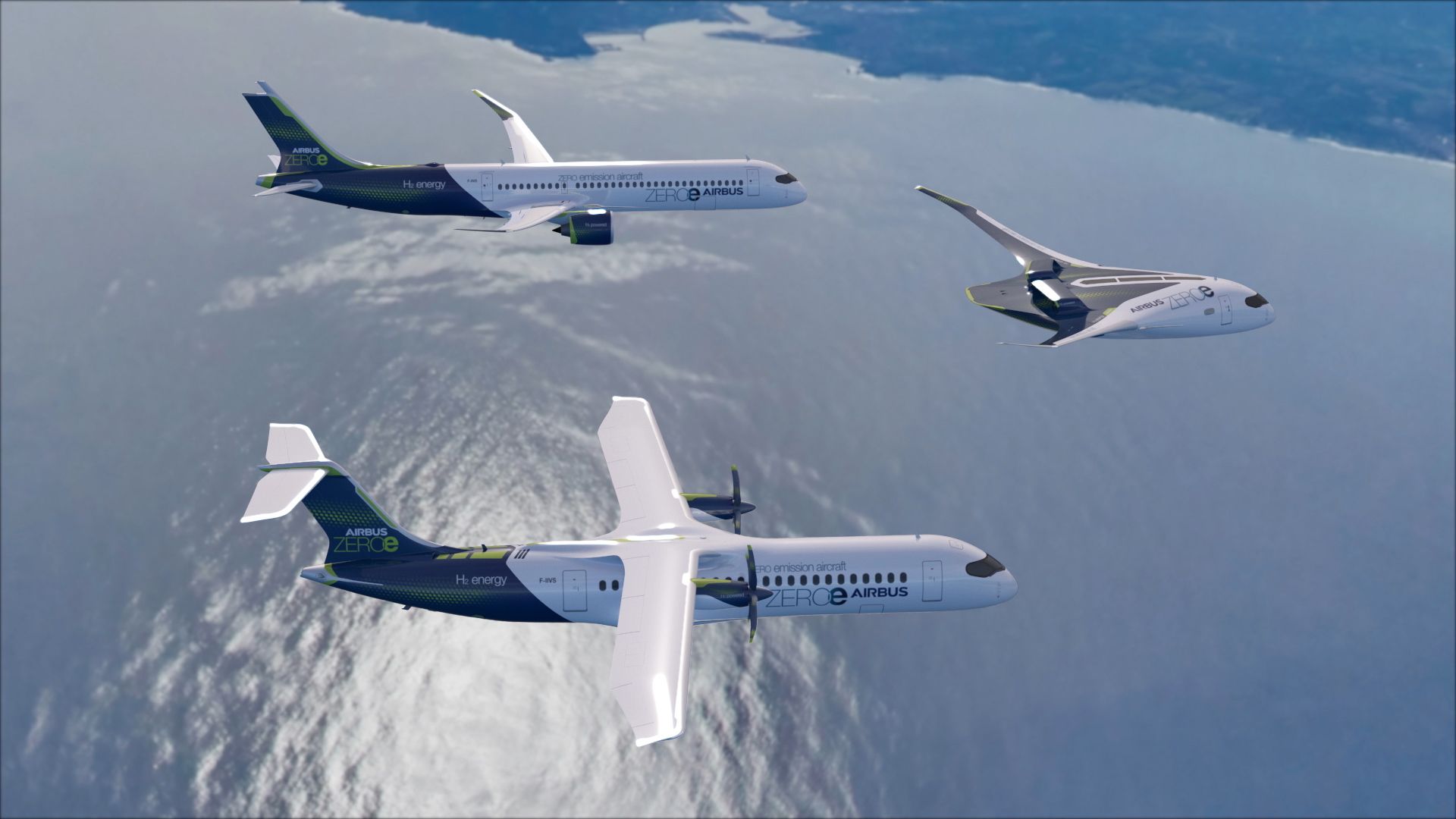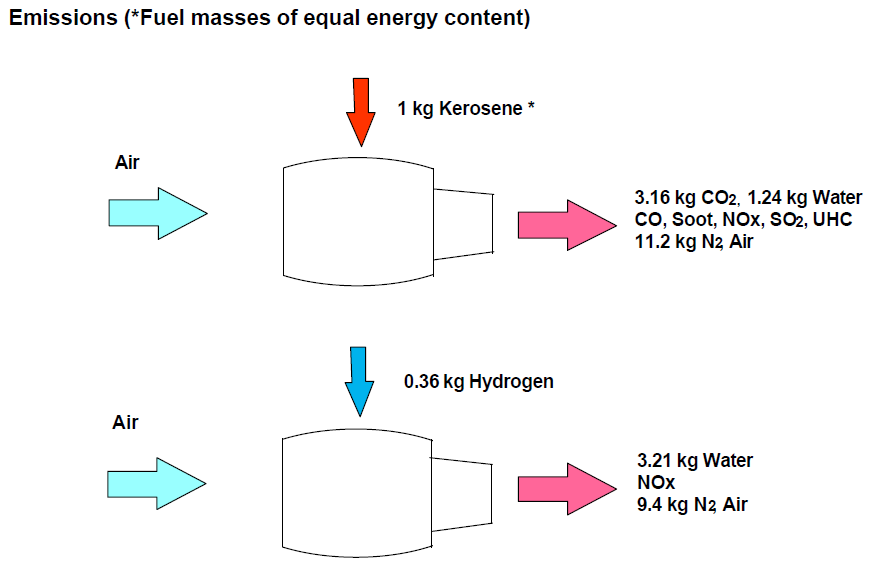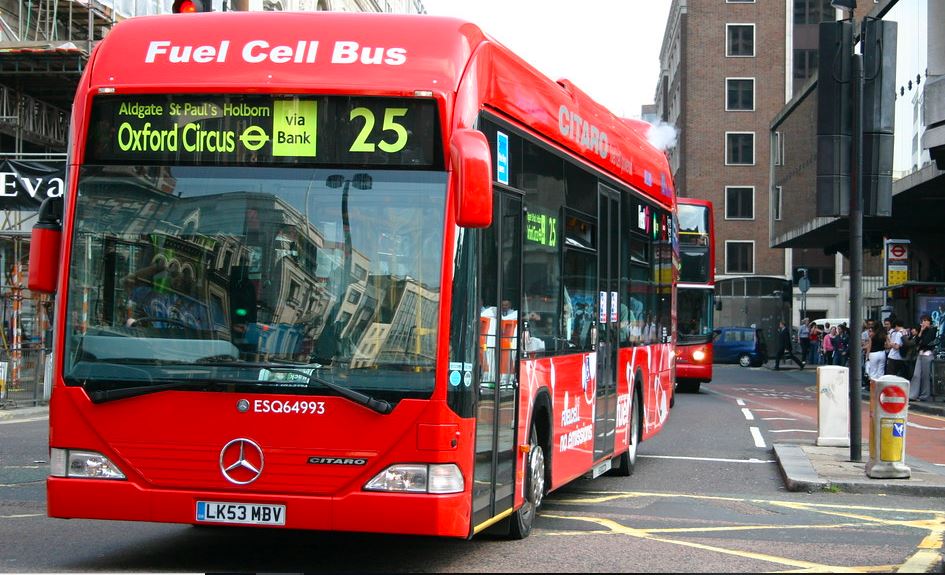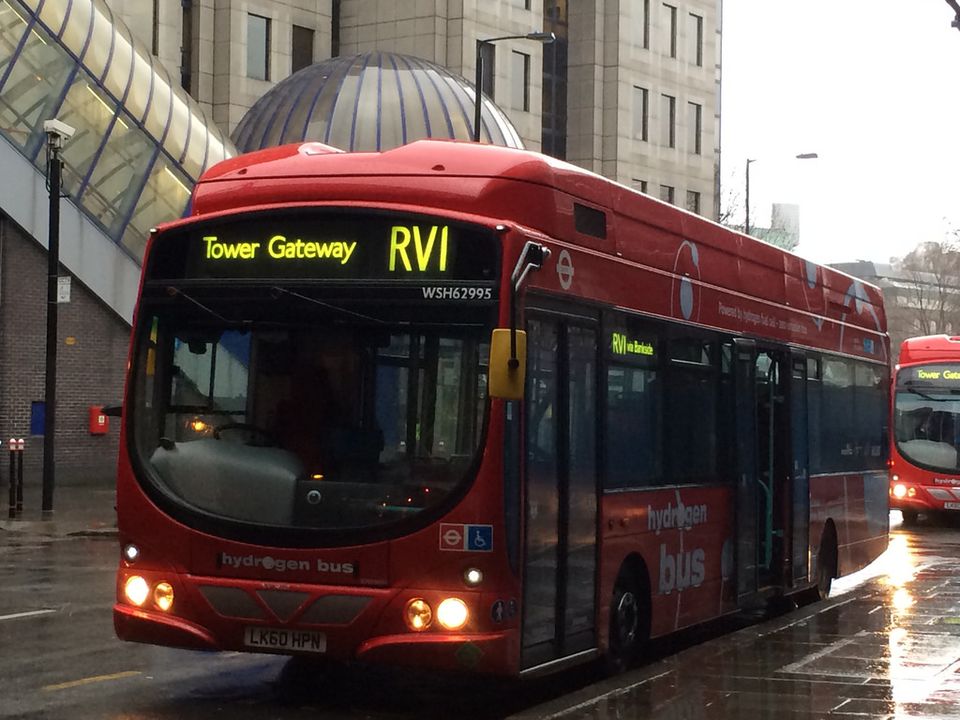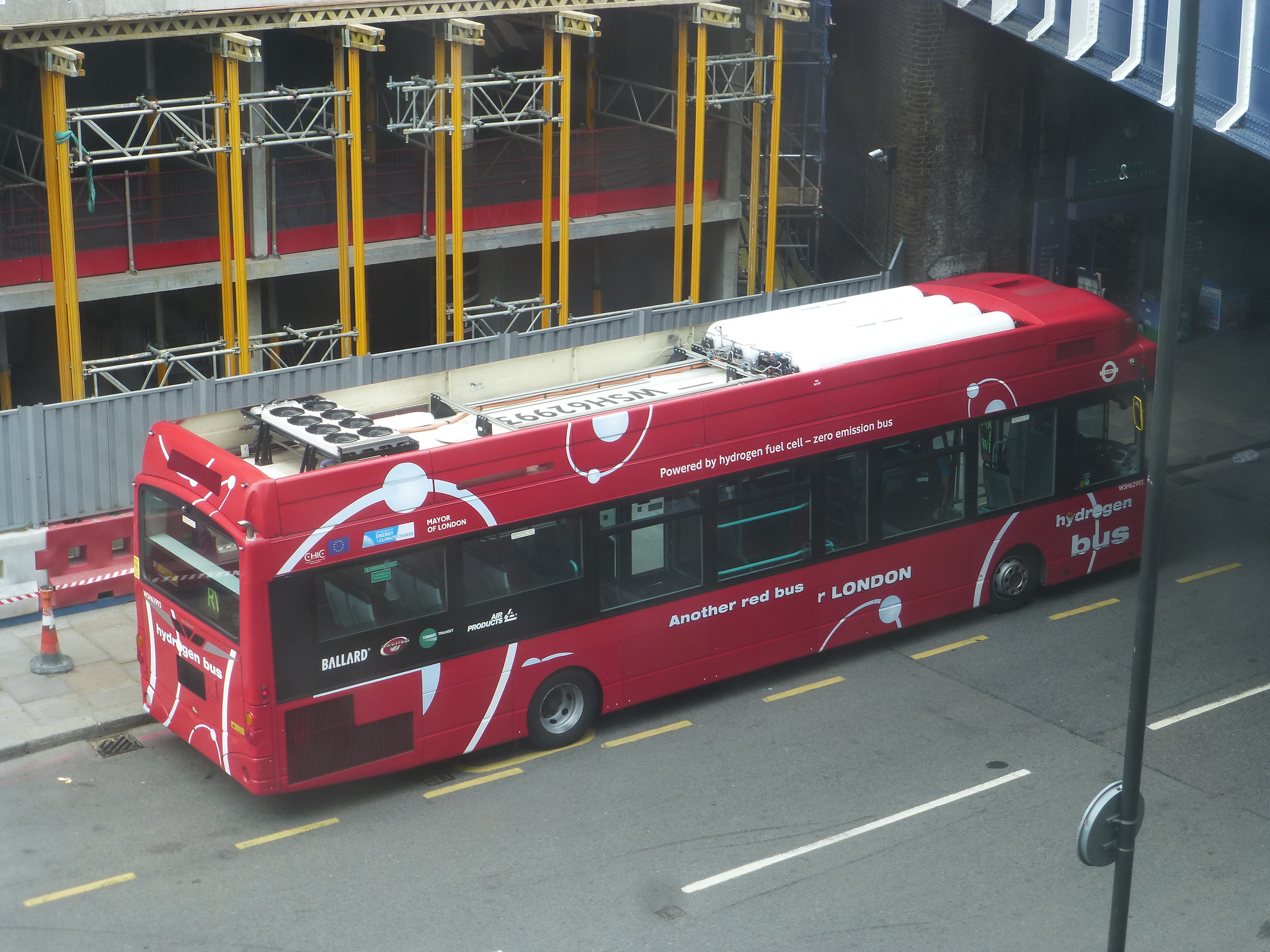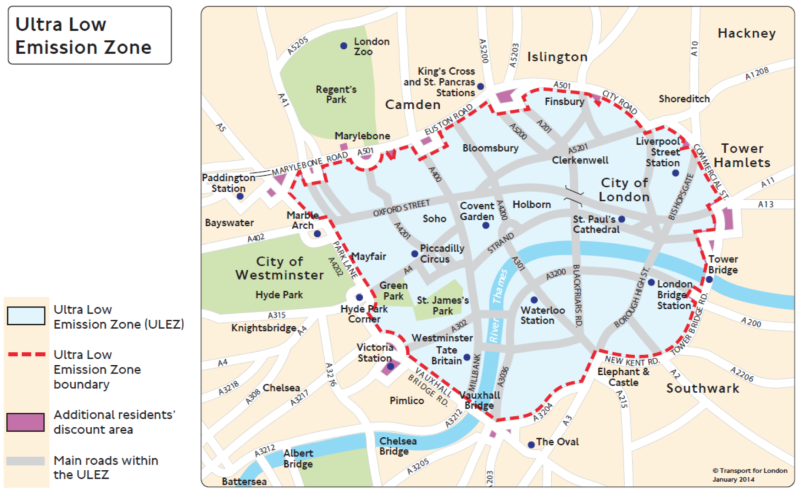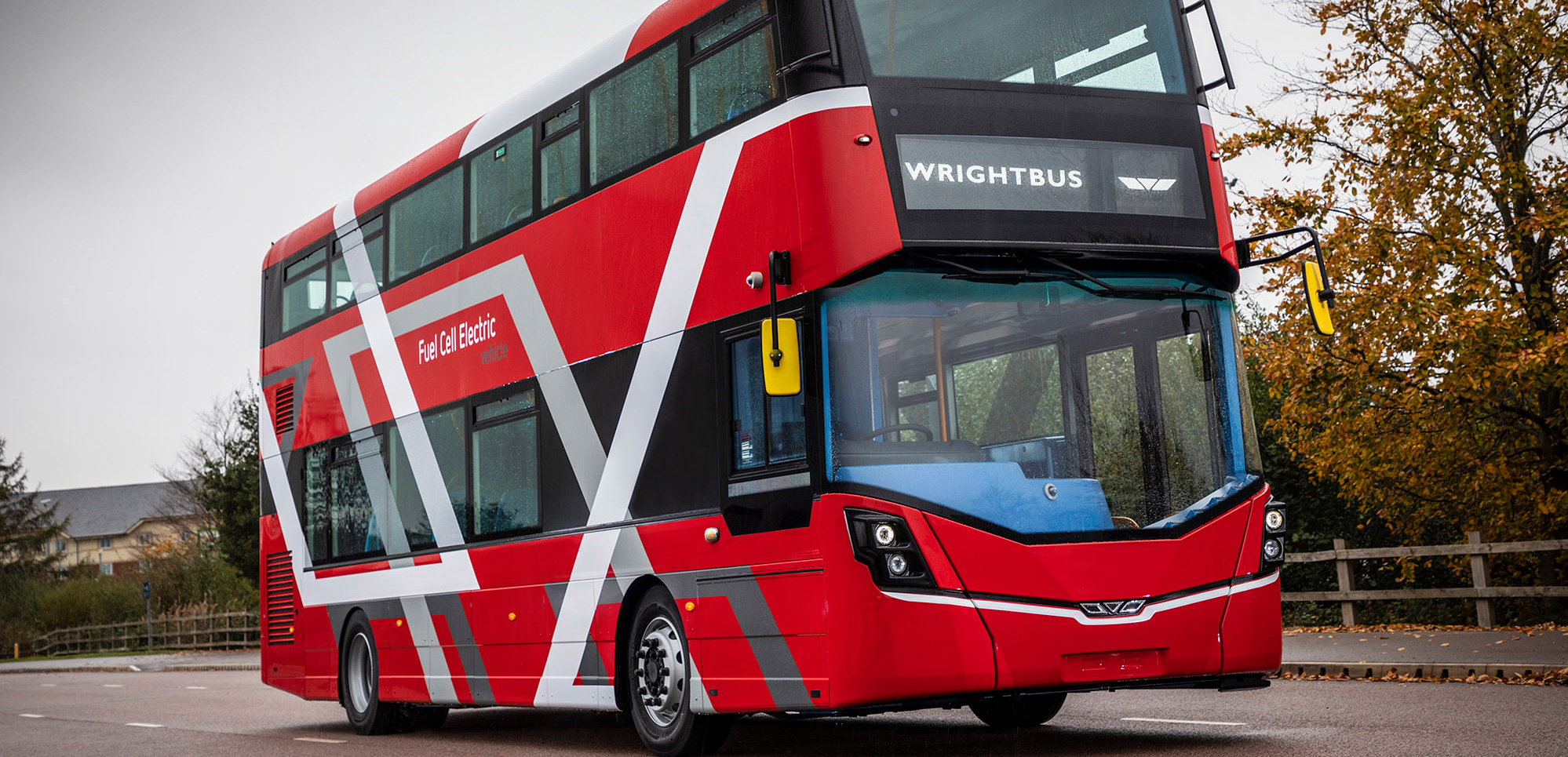
More than half the imported variants of the pathogen that led to outbreaks in this country likely came from the United States, with Russia, India, Italy and the U.K. following well back as sources of imported virus, scientists from B.C., Ontario and Arizona concluded.
Virus arriving directly from China — where the pandemic is believed to have originated — accounts for relatively little transmission of COVID-19 here, they suggested.
The newly posted study was made possible by a remarkable international database of DNA sequences of SARS-CoV-2, a resource that’s letting scientists track at the genetic level how and where the pandemic is spreading.
The Canadian researchers say importation of virus slowed somewhat after international travel restrictions were imposed in March 2020, but outbreak-causing arrivals continued throughout the year.
“We are so interlinked with other countries and between provinces,” said Angela McLaughlin, the University of British Columbia doctoral student who co-authored the paper with supervisor Dr. Jeff Joy and others.
“People have family to visit, other reasons to travel,” she said. “This just highlights that each one of those actions is a probabilistic event where the virus could be transmitted. It’s incredible the extent to which it has done that.”
She and colleagues advocate more stringent actions to keep the pathogen out, such as the 14-day hotel quarantines on international travellers imposed by Australia and New Zealand.
“Every single importation was an opportunity that the government had to intervene,” said McLaughlin.
“Early and strict interventions are the way to go,” she added. “If you do early and strict, you don’t have to have this stretched-out, low-level lockdown going on for so long, which I think has generated so much public apathy around the issue.”
The study, posted on a “preprint” site and not yet published in a peer-reviewed journal, looked at activity up until this February. It documented the likely first arrival in Canada — in the last week of December — of the B.1.1.7 “U.K.” variant of concern that’s now spreading far and wide. But the researchers lacked access to data allowing them to analyze the current wave of infection linked to such variants.
Until recently, genetic changes in the virus in Canada appear to have been mostly benign, not making it more transmissible or virulent.
To do the work, scientists from UBC, Western University and University of Arizona tapped into an international, public repository of virus sequences, a collection McLaughlin calls “unprecedented in the history of humankind.”
The huge database includes sequences submitted by labs in Canada and around the world. Differences between the genetic blueprints were used to build “family trees” of SARS-CoV-2 mutations, which helped the team identify “sublineages” – groups of viruses that resulted from a common import into Canada.
They were able to trace 402 outbreak-causing sublineages back to other countries. That number is undoubtedly an underestimate, the paper said, as genetic sequencing is carried out for only about one per cent of positive tests in Canada, and many COVID infections are asymptomatic and never even diagnosed.
The researchers also found 1,380 “singletons” — virus that came into Canada but did not appear to cause more cases after arriving. Some of the people bringing in those versions of the bug may have never given it to anyone else. It’s also possible many did trigger virus spread here, but that the genetic sequencing documenting such transmission didn’t happen, said McLaughlin.
Of the 402 outbreak-causing sublineages, 218 likely originated from the U.S., about 54 per cent of the total, the study concluded. Another 29 introduced variants came from Russia, 25 each from Italy and India, 22 from the U.K. and 15 each from Spain and France, the paper indicates.
Only two sublineages originated from China itself, they concluded. (However, China has been widely criticized for initial attempts to obscure the emergence of the virus in Wuhan and downplay its seriousness, allowing it to spread within and beyond the city.)
The importance of the U.S. as a source of imported virus raises difficult questions about how to make the world’s longest undefended border more virus-tight. The massive trade between the two countries means constant comings and goings, with largely no public-health restrictions.
But if data indicates that truck drivers are a significant source of virus importation, it might make sense to have handovers of freight at the border so the drivers themselves don’t cross over, said McLaughlin.
Quebec and Ontario were the destinations for about 80 per cent of the imported viruses identified by the researchers.
Meanwhile, spread between provinces also seemed key to the ongoing epidemic, the study indicated.
McLaughlin said restrictions on travel between provinces, as the Atlantic region imposed, would have helped greatly.



